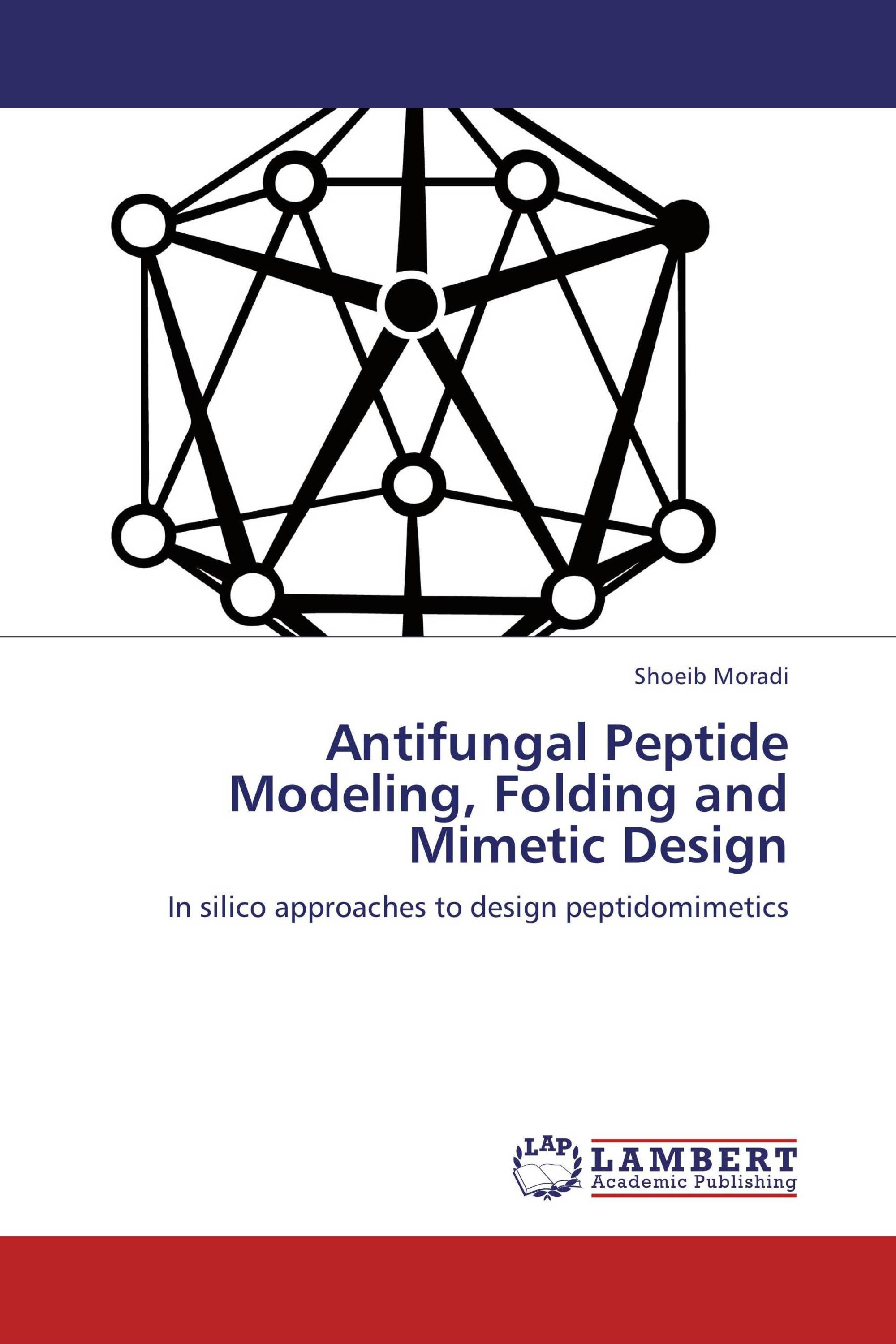Antifungal Peptide Modeling, Folding and Mimetic Design
In silico approaches to design peptidomimetics
€ 49,00
The antifungal peptides represent diverse structures for drug design. Unfortunately, they provide inferior drug candidates because of their low oral bioavailability, potential immunogenicity, poor in vivo metabolic stability and high molecular weight. Recent efforts have focused on the creation of non-natural peptide mimetics. Their artificial backbone makes most peptidomimetics resistant to degradative enzymes, thus, increasing the stability of peptidomimetic drugs in the body. In the present study, four antifungal peptidomimetics structures named C1 to C4 were designed based on the antifungal decapeptide crystallized structure of Pep-1 using bioinformatics tools. Minimum inhibitory concentrations (MIC) of these structures were estimated against Aspergillus niger N402, Candida albicans ATCC 10231, and Saccharomyces cerevisiae PTCC 5052. It was demonstrated that the N-terminal part of antifungal peptides is more active and important for antifungal activity than the C-terminal. Also, important factors/descriptors of 63 antifungal peptides have been studied using Artificial Neural Network (ANN).
Book Details: |
|
|
ISBN-13: |
978-3-8484-2826-7 |
|
ISBN-10: |
3848428261 |
|
EAN: |
9783848428267 |
|
Book language: |
English |
|
By (author) : |
Shoeib Moradi |
|
Number of pages: |
112 |
|
Published on: |
2012-04-03 |
|
Category: |
Biochemistry, biophysics |
